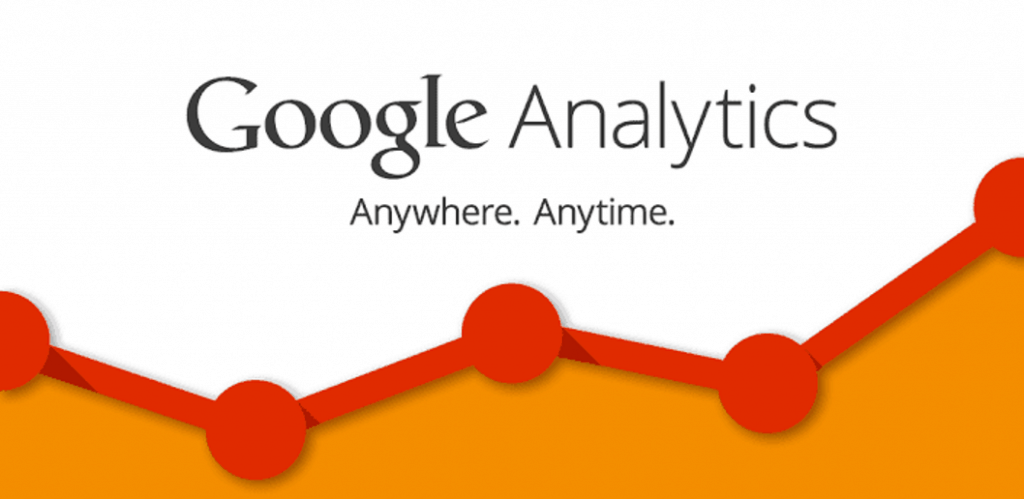PART-3
So, we talked about customization and admin tab in Google Analytics in our previous blog.
Want to know more about Google Analytics?
Reports in Google Analytics
The first thing you will find here is Real Time
Some of its point are are mentioned below:
- While clicking on Overview, it shows at the moment how many visitors are active on your website. If there are Active Users on our website, then it displays us the information about the page which that person is viewing.
- If you click on the Location, it tells us from where the user is accessing our website and also tells us page views per minute.
- Next, if you click on Traffic Sources, it tells us the person who is viewing our web page came from organic search, referral website, social website etc.
What about other features such as Content, Event and Conversions?
So, real time is great for showing you who is on your site. It may not always be 100% accurate but it provides nearby accuracy.
Audience in Google Analytics
- When you click on Overview, it shows us the same graph about data. You can change the date range as well you can see the pie chart below, as we’d already discussed earlier in our first standard report.
- Next is Active users, it shows the active users on your website.
- Audience also indulges the Lifetime Value Report which shows us how users get valued and engaged including Page Views, Sessions and Goals, we will discuss it in next blog.
- Next, is Cohort Analysis, which is a subset of behavioral analytics that takes the data from a given dataset and it doesn’t look at all users as one unit, it breaks them into related groups for analysis.
Demographic
It tells us the age and gender of the particular visitor.
- Age: Acquisition, Behavior and Conversions Metrics are divided by age group. Ages below 18 are not included in the data.
- Gender: When you drill into a gender, you see it is divided by age group.
Interest
- Affinity categories: Affinity categories are used to reach potential customers to make them aware of your brand/product. You can view it by sessions as well.
- In-market Segments: Users in these segments are more likely to be ready to purchase products or services in the specifies category. This will also predict acquisitions and behavior.
Geo
- If we click on Language, it tells us about the different languages that the people are speaking who are visiting the site.
- Location tells us from which country they are visiting your website.
Behavior
- It indulges new vs returning as I’ve discussed earlier.
Technology
- It tells us which browser and operating system they are using for accessing our website.
Mobile
- It tells us the mobile device that users are using.
So, these are some of the more technical terms that are shown in side bar of Google Analytics.
Users Flow
- It shows us kind of mapping. It shows us from where our visitors are coming. Interestingly, flow will tell us the path they choose in our site. You can go to the details of the user flow as well.
Acquisition in Google Analytics
- It tells us where your visitors came from and how you acquired them. So, it tells us how many of them came from Google through organic search, how many directly punched into the URL into the address bar, how many came through referral, social and other sources.
For more information, if you click on All Traffic it will tell us the name and URL’s of the places where the traffic is coming from.
Campaigns
- Campaigns mainly gives information on how well your campaigns are working. It depend which campaign you are running either it’s Google Ad Words, Email or something else.
Behavior in Google Analytics
- Now, if you click on Behavior’s flow, it gives another one of those flow charts showing the path that visitors take and it is based on landing pages. It tell about the Site content, Site speed and Site search.
Conversion in Google Analytics
- It will tell us the goals, and detailed description of product and sales performance. It evaluates the effectiveness of the channel.
So, this was an explanation of Google Analytics. I hope this information helped you in understanding analytics in a better way.
